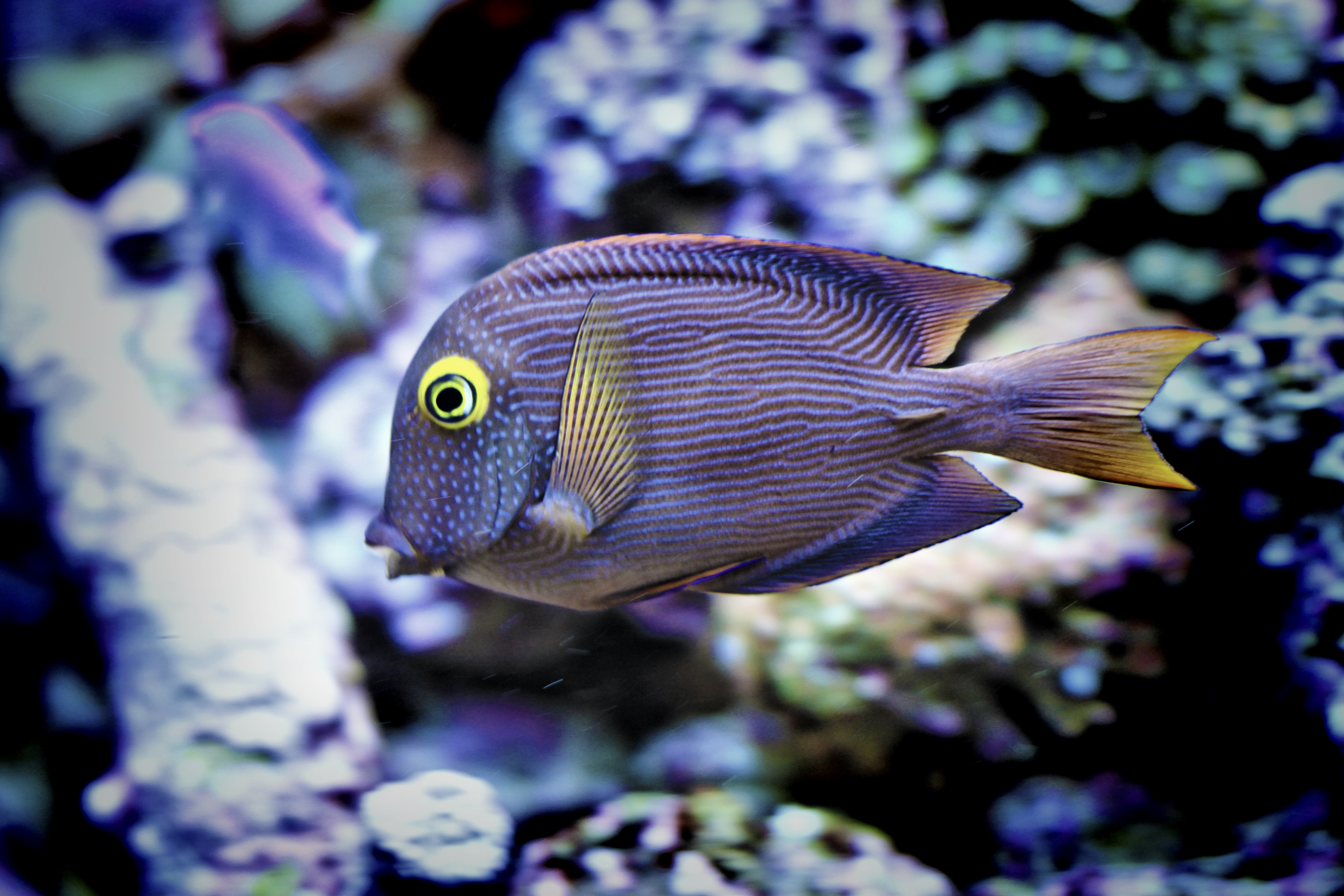Well, that's it...
Under a new court ruling, state officials must halt all existing commercial aquarium fishing in Hawaii until those operations submit the proper environmental reviews, according to the environmental legal group Earthjustice.

 www.civilbeat.org
www.civilbeat.org
Under a new court ruling, state officials must halt all existing commercial aquarium fishing in Hawaii until those operations submit the proper environmental reviews, according to the environmental legal group Earthjustice.

Court Ruling Halts All Existing Hawaii Commercial Aquarium Fishing Licenses
Under a new court ruling, state officials must halt all existing commercial aquarium fishing in Hawaii until those operations submit the proper environmental reviews, according to the environmental legal group Earthjustice. First Circuit Judge Jeffrey Crabtree issued that order from the bench...















